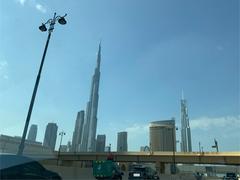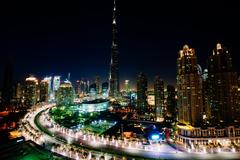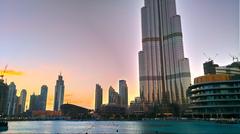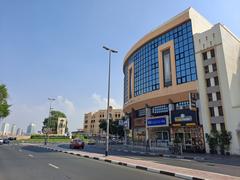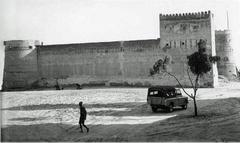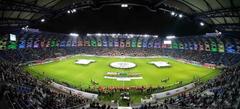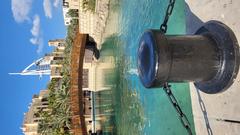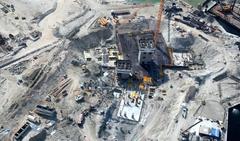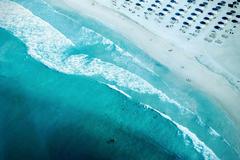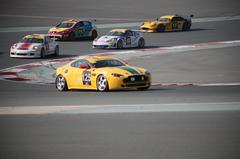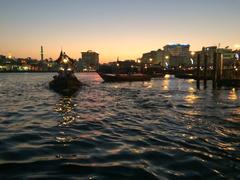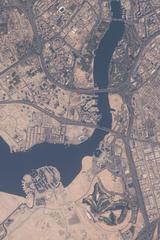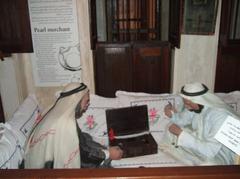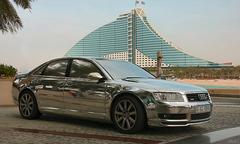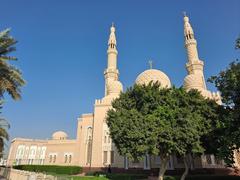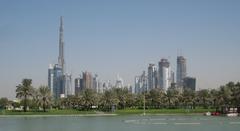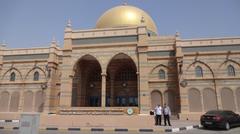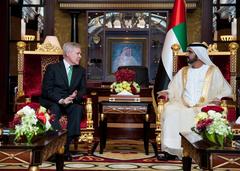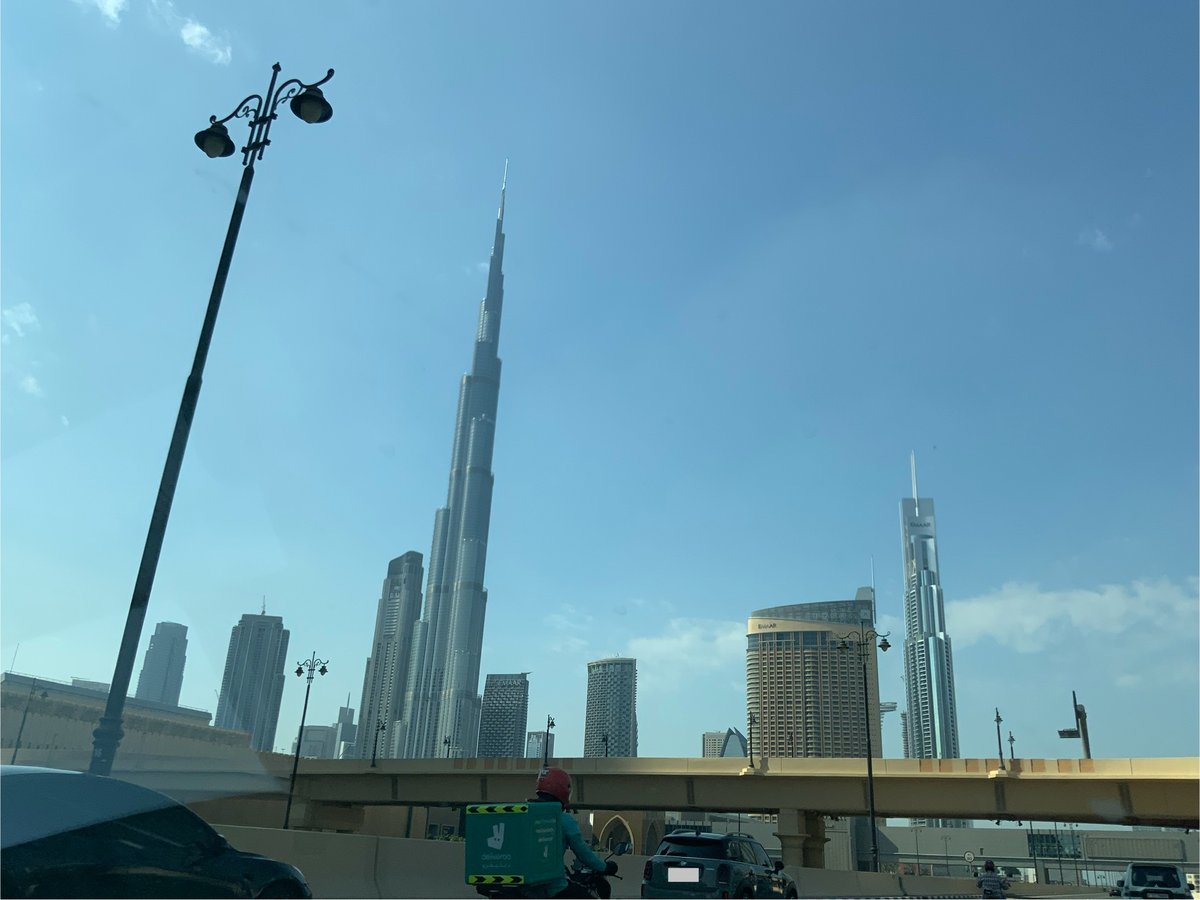
Comprehensive Guide to Visiting Burj Khalifa, Dubai, United Arab Emirates
Date: 16/07/2024
Introduction
Welcome to our comprehensive guide to visiting برج خليفة (Burj Khalifa), Dubai’s iconic skyscraper and the tallest structure in the world. Standing at an awe-inspiring height of 828 meters (2,717 feet), the Burj Khalifa is not just an architectural marvel but a symbol of Dubai’s rapid development and ambition to be a global city. Conceived in 2003 and completed in 2010, this towering structure has captivated millions of visitors with its stunning design, cutting-edge technology, and cultural significance. Whether you are planning a visit, curious about its history, or interested in its technological innovations, this guide covers everything you need to know about the Burj Khalifa (Burj Khalifa Official Website, Emaar Properties).
Table of Contents
- Introduction
- History of برج خليفة (Burj Khalifa)
- Visitor Information
- Special Events and Guided Tours
- Photographic Spots
- FAQ
- Future Prospects
- Conclusion
History of برج خليفة (Burj Khalifa)
Conceptualization and Planning
The idea for the Burj Khalifa, originally known as the Burj Dubai, was conceived in 2003 as part of a larger initiative to diversify Dubai’s economy from an oil-based economy to one that is service and tourism-oriented. The project was developed by Emaar Properties, a leading real estate development company in the UAE. The design was inspired by the Hymenocallis flower, a regional desert flower, and was created by the Chicago-based architectural firm Skidmore, Owings & Merrill, with Adrian Smith as the chief architect and Bill Baker as the chief structural engineer (Emaar Properties).
Construction Milestones
Construction of the Burj Khalifa began on January 6, 2004. The building’s foundation required over 58,900 cubic yards of concrete, weighing more than 110,000 tons. The tower’s construction involved over 12,000 workers and specialists from over 100 countries. The building’s exterior was completed on October 1, 2009, and the interior was finished in December 2009. The Burj Khalifa was officially opened on January 4, 2010, in a grand ceremony attended by dignitaries from around the world (Skidmore, Owings & Merrill).
Architectural and Engineering Feats
The Burj Khalifa stands at a staggering height of 828 meters (2,717 feet), making it the tallest building in the world. It surpasses the previous record-holder, Taipei 101, by over 300 meters. The building features a Y-shaped tripartite floor geometry designed to optimize residential and hotel space. The central core emerges at the top and culminates in a spire, which adds to the building’s height and aesthetic appeal. The spire itself is made of more than 4,000 tons of structural steel (Council on Tall Buildings and Urban Habitat).
Economic and Cultural Impact
The Burj Khalifa has had a significant impact on Dubai’s economy and global image. It has become a symbol of the city’s rapid development and ambition. The tower houses the Armani Hotel, luxury residences, corporate suites, and observation decks, attracting millions of visitors annually. The building’s construction cost was approximately $1.5 billion, but it has generated substantial revenue through tourism, real estate, and commercial leases (Forbes).
Record-Breaking Achievements
The Burj Khalifa holds numerous world records, including:
- Tallest building in the world
- Tallest free-standing structure in the world
- Highest number of stories in the world (163 floors)
- Highest occupied floor in the world
- Highest outdoor observation deck in the world (at 555 meters or 1,821 feet)
- Elevator with the longest travel distance in the world
- Tallest service elevator in the world (Guinness World Records).
Technological Innovations
The Burj Khalifa incorporates several technological innovations to ensure its stability and functionality. The building’s structure is designed to withstand Dubai’s extreme temperatures and high winds. The exterior cladding consists of aluminum and textured stainless steel spandrel panels, with over 103,000 square meters of glass. The tower’s water system supplies an average of 946,000 liters of water per day, and its air conditioning system uses ice storage technology to reduce energy consumption during peak cooling times (National Geographic).
Cultural Significance
The Burj Khalifa is not just an architectural marvel but also a cultural icon. It has been featured in numerous films, television shows, and media, symbolizing human ingenuity and ambition. The tower’s design incorporates elements of Islamic architecture, reflecting the region’s cultural heritage. The Burj Khalifa also hosts various cultural events, exhibitions, and art installations, making it a hub for cultural exchange and creativity (Architectural Digest).
Visitor Information
Ticket Prices and Visiting Hours
Visitors can purchase tickets for different levels of access. Standard tickets for levels 124 and 125 start at AED 149. Premium tickets, which include access to level 148, start at AED 379. The Burj Khalifa is open daily from 8:30 AM to 11:00 PM. For the latest prices and to book tickets, visit the official website.
Travel Tips
- Best Time to Visit: Early mornings or late evenings to avoid the crowd and enjoy cooler temperatures.
- Dress Code: Comfortable clothing and shoes. Modest attire is recommended out of respect for local customs.
- Photography: Don’t forget your camera! The observation decks offer breathtaking views of Dubai.
Nearby Attractions
- Dubai Mall: One of the largest shopping malls in the world, located right next to the Burj Khalifa.
- Dubai Fountain: Enjoy the mesmerizing water show, located at the base of the Burj Khalifa.
- Dubai Opera: A world-class performing arts center just a short walk away.
Accessibility
The Burj Khalifa is wheelchair accessible, with ramps and elevators designed for easy access. Special assistance is available upon request.
Special Events and Guided Tours
The Burj Khalifa hosts various special events throughout the year, from New Year’s Eve celebrations to art exhibitions. Guided tours are available in multiple languages, offering in-depth insights into the tower’s history and architecture.
Photographic Spots
- At the Top SKY: For a premium experience and the highest observation deck.
- The Dubai Fountain: Capture the tower with the fountain show in the foreground.
- Burj Park: A great spot for a full view of the tower, especially at night.
FAQ
- What are the Burj Khalifa visiting hours?
The Burj Khalifa is open daily from 8:30 AM to 11:00 PM. - How much are tickets to the Burj Khalifa?
Standard tickets start at AED 149, and premium tickets start at AED 379. - Is the Burj Khalifa accessible?
Yes, the Burj Khalifa is wheelchair accessible. - What are some nearby attractions?
Nearby attractions include the Dubai Mall, Dubai Fountain, and Dubai Opera.
Future Prospects
As of 2024, the Burj Khalifa continues to be a focal point of Dubai’s skyline and a major tourist attraction. Future plans include further development of the surrounding Downtown Dubai area, with new residential, commercial, and entertainment projects. The tower’s ongoing maintenance and upgrades ensure that it remains a state-of-the-art structure, embodying Dubai’s vision for the future (Emaar Properties).
Conclusion
The history of the Burj Khalifa is a testament to human ambition, engineering prowess, and cultural significance. From its conceptualization to its construction and ongoing impact, the Burj Khalifa stands as a symbol of what can be achieved through vision, innovation, and determination. For more updates and to plan your visit, follow us on social media.
